The Baitul Futuh Mosque in Morden, South London, is Britain’s largest mosque complex, with capacity for 10,000 worshippers. Completed in 2003, it was commissioned and constructed by the Ahmadiyya Muslim Community, an Islamic revival movement originating in British Indian Punjab in the late-19th century. Now with an estimated 10-20 million adherents worldwide, it has a strong missionary tradition. In 1926, the community established the Fazl Mosque, Britain’s first purpose-built mosque, also in South London.
Historically, mosque building in Britain was characterized by the appropriation of existing structures, such as houses and disused churches, but as the Muslim population expanded in the post-colonial era, drawn to inner cities in response to labor shortages, mosques became progressively grander in scale and scope. Baitul Futuh, which means “House of Victories” in Arabic, is emblematic of this ambition, occupying the site of a former milk bottling plant on industrial backlands sandwiched between railway lines.
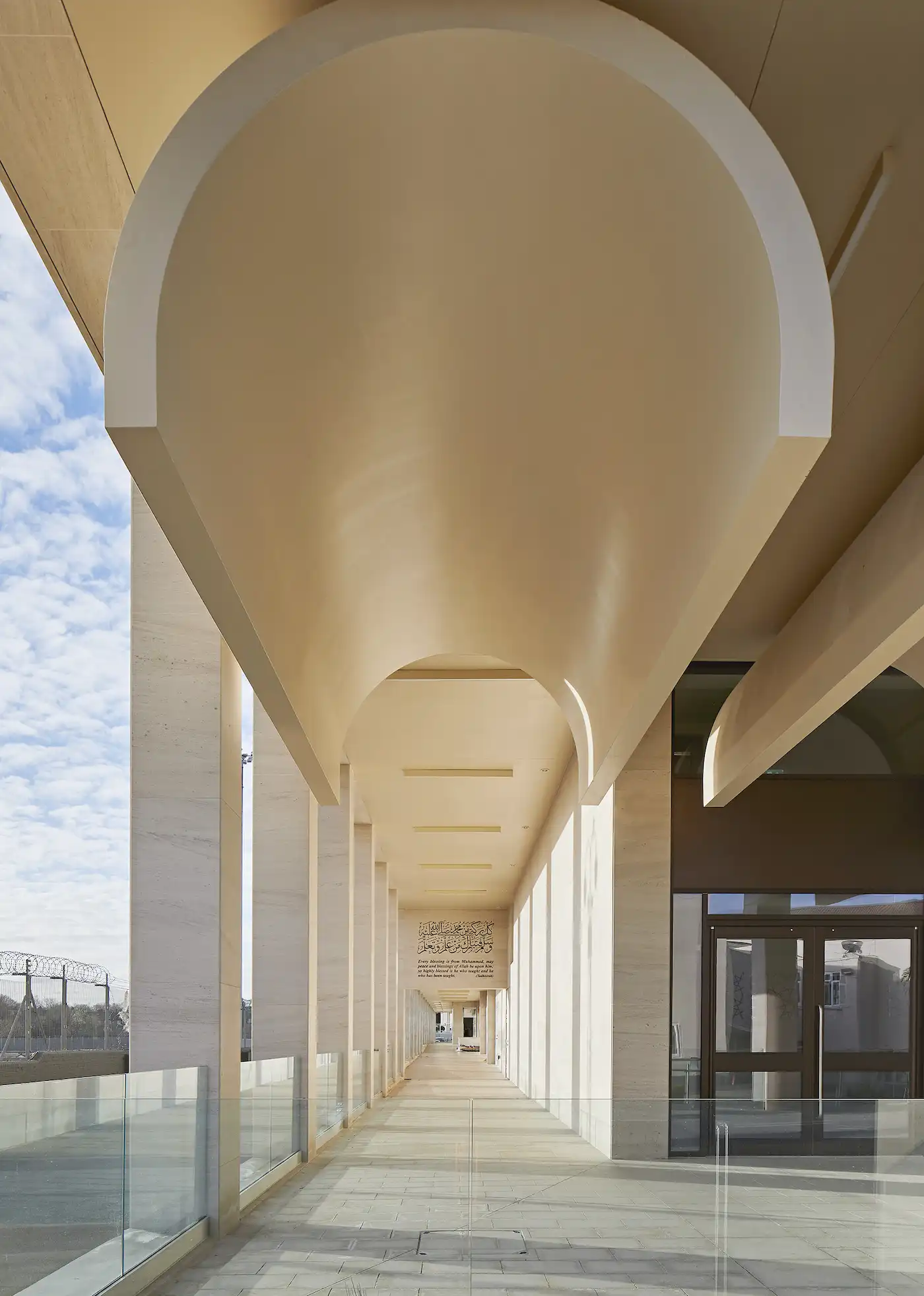
Now featuring a large portico, the once-overlooked north end of the complex is now a center of civic activity. Photo © Hufton + Crow
A monumental domed prayer hall sheathed in lustrous Bologna marble was augmented by a series of ancillary buildings for education and community outreach, and the bottling plant’s chimney adeptly transformed into a minaret. In 2015, a fire severely damaged the ancillary part of the complex—the prayer hall remained untouched—and this has been replaced by a new building designed by John McAslan + Partners.
The long, linear site is now bookended by the prayer hall at its south end and McAslan’s building to the north, conceived as an imposing and expressive signifier of the mosque’s presence in the public realm. On the main approach from the Morden tube station, the most southerly station on the London Underground network, its crisply cuboid four-story volume topped by a dome and two chhatri pavilions looms benignly over a mock Tudor suburban shopping parade populated by Muslim grocery and clothes stores. Even at a distance, a faint shimmer is detectable from the gold mashrabiya screens, familiar features of Islamic architecture, which embellish and temper the building’s orthogonal mass.
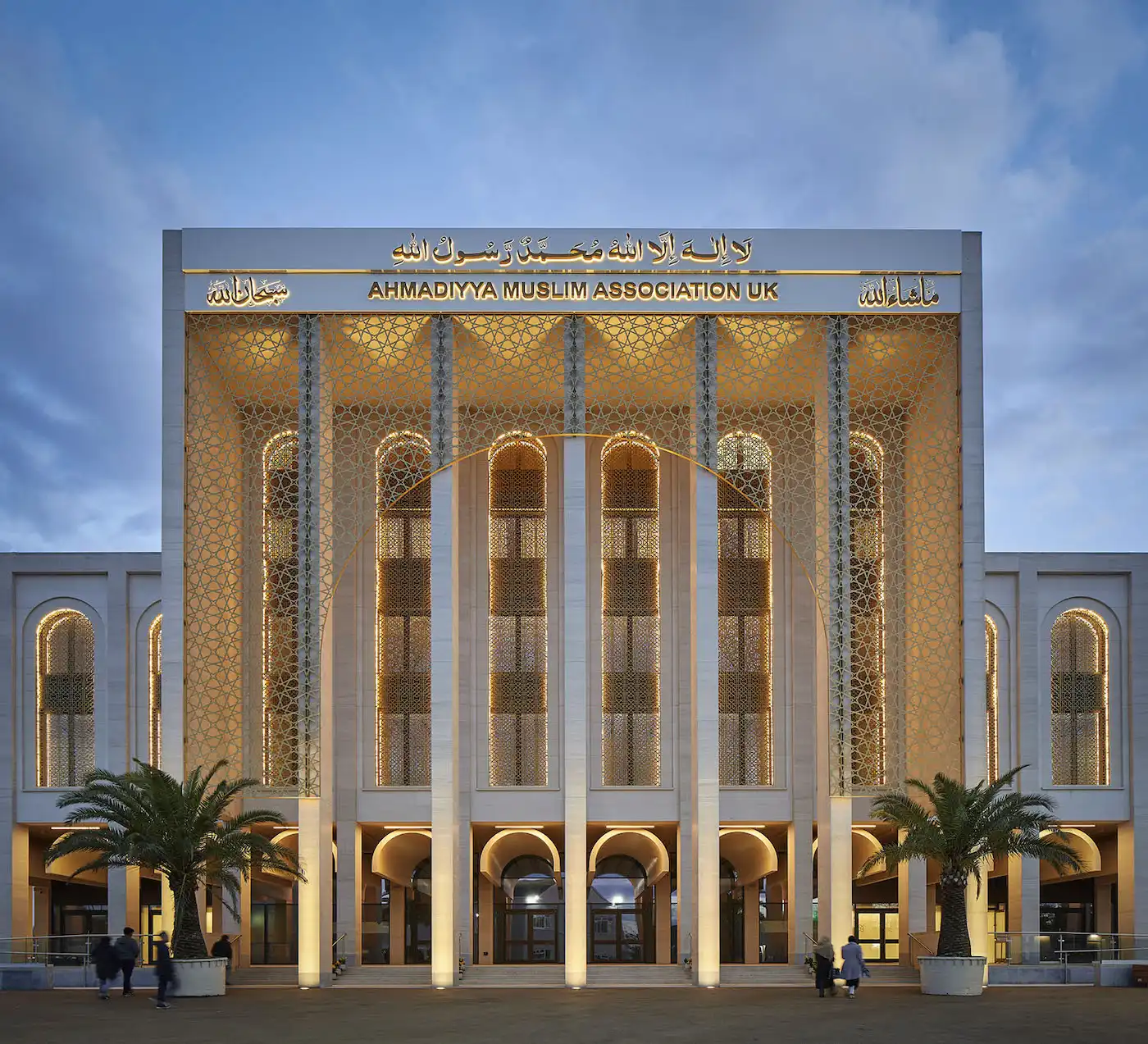
Replacing a previous building heaviliy damaged by fire, the standalone community and administrative building features multi-function halls, offices, and community spaces. Photo © Hufton + Crow
Fabricated from laser-cut anodized aluminum, the repetitive geometries of the screens have an enhanced symbolic role, representing the infinity and omnipresence of God, an ornate veil signifying a portal to the divine as the material world gives way to the transcendental. McAslan employed a similar device in a 2016 project for the Msheireb Mosque in Doha, which clearly has a kinship with Baitul Futuh. Both buildings seek to articulate a contemporary conception of Islamic identity through a neutral yet distinctive architectural language based on abstracting traditional elements.
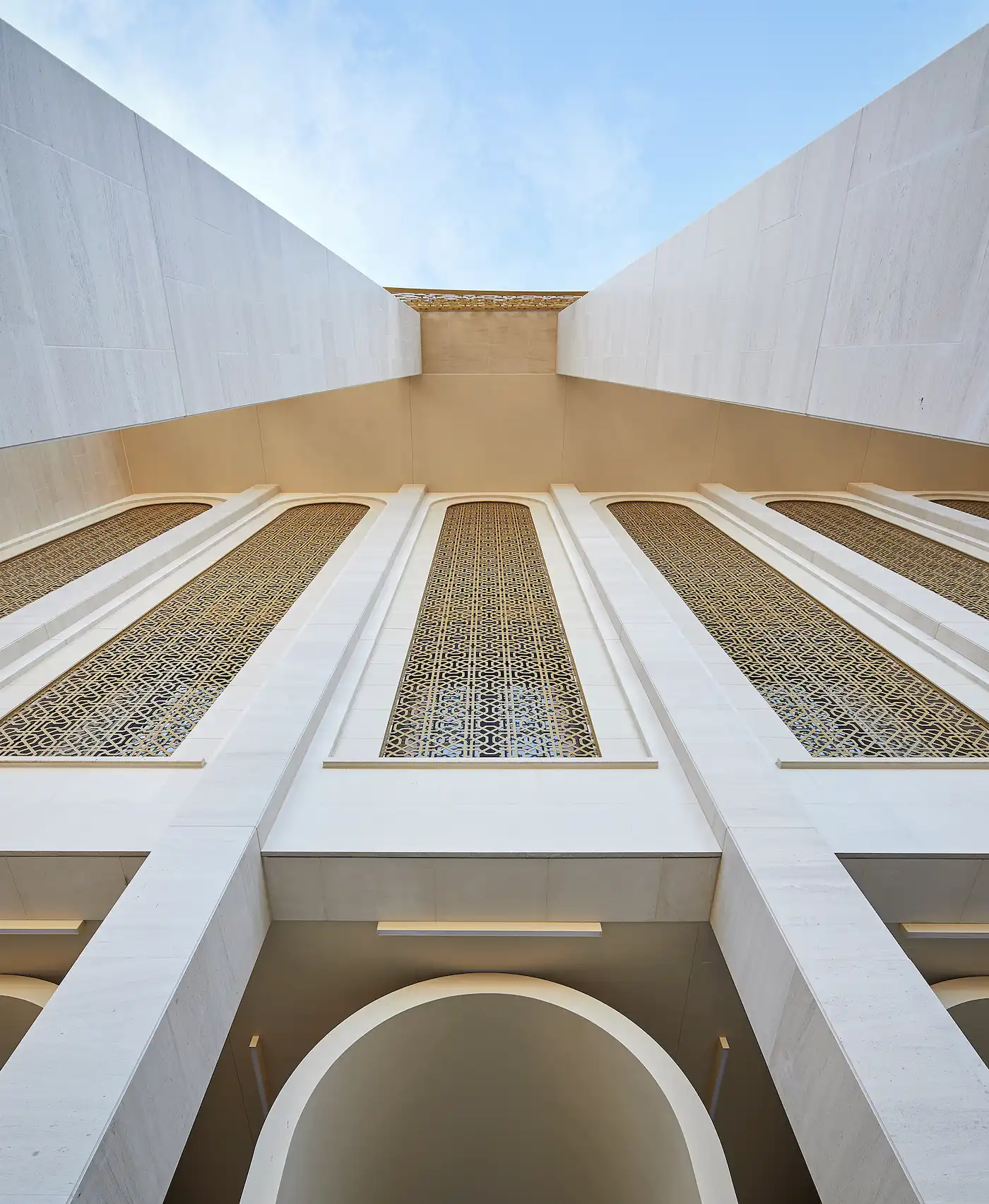
Gold mashrabiya screens. Photo © Hufton + Crow
Essentially, the scheme creates two large halls, which can be used for assorted communal functions such as weddings, lectures, and exams with offices for staff and accommodation for visiting scholars housed on the upper floors. It’s a simple and logical stack of cavernous and cellular volumes but efficient planning and some “significant structural gymnastics,” according to project architect Fanos Panayides, ensures clear span spaces for the halls and increases the accommodation quota by around a quarter on the same basic footprint, unified by a layered limestone facade and the diaphanous gold screens.
“We not only looked at replacing the destroyed building,” says Panayides, “but also how to improve the functionality of the complex as a whole with a site-wide masterplan.” The north end was seen as the disregarded back of the complex; now it forms its civic focus, with the new building framing an expanded forecourt creating more space for gatherings, events, and the daily tide of worshippers. A generous portico marks the threshold, a place to linger and chat, sheltered from the weather.
Security is improved through a new gatehouse for visitors and members of the community, allowing separation from vehicle traffic at the entrance.
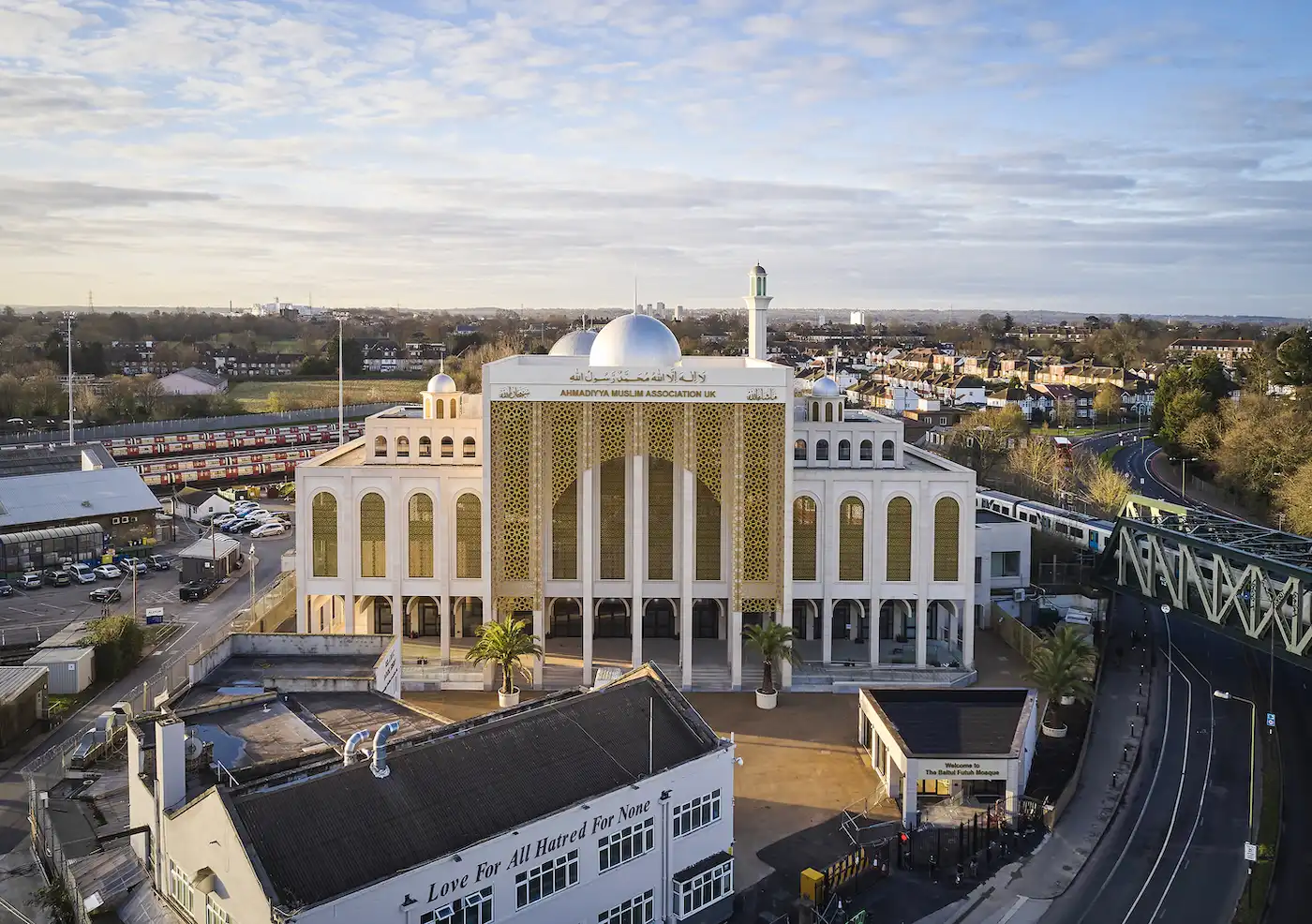
Located at the former site of a milk bottling plant, the sprawling Mosque complex is near the London Underground's Morden station. Photo © Hufton + Crow
Inevitably, the COVID pandemic conspired to delay construction, but the $19 million (£15 million) scheme was eventually inaugurated in March. Emerging from the catastrophe of the 2015 fire, the new building gives the Baitul Futuh community a renewed sense of optimism and impetus, enabling it to consolidate its role in the life of London and beyond.


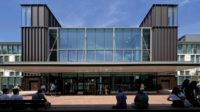
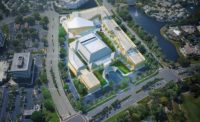
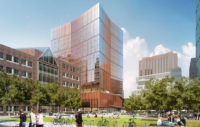
Post a comment to this article
Report Abusive Comment